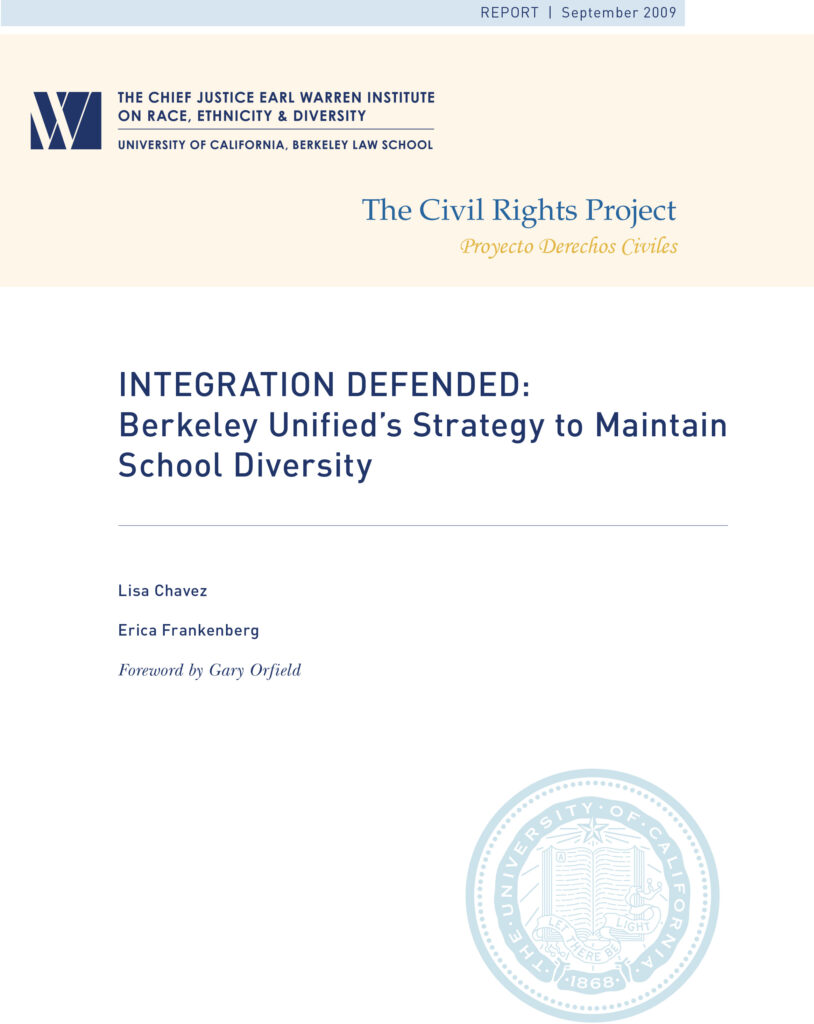Introduction
Berkeley Unified School District’s (BUSD) integration efforts are important to other districts around the country, even if those districts currently lack the multiracial diversity of Berkeley, or different history of integration policies. Now on its third major integration plan guiding student assignments, BUSD has maintained a consistent commitment to diverse schools, even as legal options and political considerations around school integration have shifted and the district’s population has changed from a largely black and white one to a multiracial one.
In 2004, BUSD adopted a student assignment plan centered on a unique, multi-faceted conceptualization of neighborhood diversity that sought to provide equitable schooling choices for families and to integrate the district’s 11 elementary schools by race, household income, and family educational background. As the district implemented the plan, it adopted procedures to ensure that its choice-based system did not advantage any group of families in the district while actively promoting school equity to make all schools attractive options for families.
The BUSD integration plan has recently received attention in the wake of the 2007 U.S. Supreme Court ruling regarding race-conscious voluntary integration efforts in Seattle, Washington and Louisville, Kentucky (Parents Involved in Community Schools v. Seattle School District No. 1). BUSD’s plan, despite the district’s neighborhoods that are deeply segregated by race-ethnicity, has successfully integrated all of its elementary schools without considering the race-ethnicity of individual students, a practice that a majority of Justices deemed was unconstitutional. Instead, BUSD uses geography on two different levels: (1) three attendance zones and (2) 445 “planning areas” consisting of 4–8 residential blocks that are assigned a diversity category according to the area’s racial-ethnic, economic and educational demographics. All students residing in each planning area have the same diversity code as other students in that planning area for school assignment purposes. While the current plan considers the racial composition of each planning area, it does not consider the race-ethnicity of individual students, a critical difference and a major reason the Justices rejected Seattle and Louisville’s plans. Earlier this year, the California Supreme Court declined to review the appellate court’s decision upholding the legality of the district’s integration plan; the decision noted the district did not use students’ race-ethnicity in a way that violated Proposition 209, a state initiative that prohibits the preferential or discriminatory use of race-ethnicity in public institutions.
In compliance with the UC Open Access Policy, this report has been made available on eScholarship:
